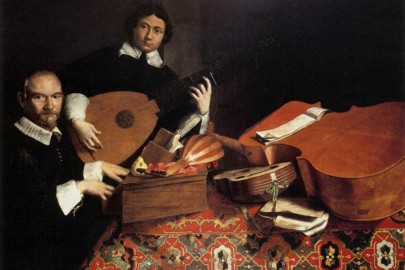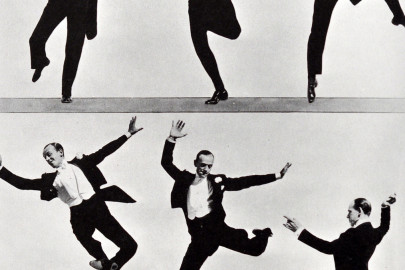Back to classical this week, with four great cellists. Pablo Casals (1876-1973) was such an ardent supporter of the Spanish Republican government that after its defeat in 1939 he vowed not to return to Spain until democracy had been restored, but despite managing an impressive innings of 96 years he couldn’t scrape another two to see the end of the Franco regime. He was rather keen on Bach, once saying:
Bach is the supreme genius of music… This man, who knows everything and feels everything, cannot write one note, however unimportant it may appear, which is anything but transcendent. He has reached the heart of every noble thought, and has done it
Multiple sclerosis forced Jacqueline du Pre (1945-1987) to stop playing at the age of 28, by which time she had already established herself as one of the greats. Her tangled personal life is the subject of the controversial book A Genius in the Family by her sister Hilary (filmed as Hilary and Jackie).
Mstislav Rostropovich (1927-2007) is considered by some people who know these sorts of things to have been the greatest cellist of all time. Born in Soviet Azerbaijan to ethnic Russian parents, he later became recognized as a staunch defender of human rights.
Finally, Pierre Fournier (1906-1986) was a the son of a French army general and known variously as “aristocrat of cellists” and “the cellist of the future”. Well this is the future, and here he is on Youtube.











Thanks Brit for the extra link to the Bulgarian Krastev who, if hitting the notes is your thing, even puts Slava in the shade. He is a good example of a granite facade concealing a passionate heart, and with an almost unbelievable technique. For the almost polar opposite in this famous finger bender, find the irrepressible Ha Na Chang, almost out of the chair trying to make Haydn ‘rock’, and drawing every member of the band into her very special way of music making. And perhaps for something less in-your-face, and other-worldly, please seek out the late Russian Daniel Shafran who was less concerned with the notes, more with ‘painting a picture in sound’.
Klee, rather wonderfully described drawing as ‘taking a line for a walk’. You may be reminded of this listening to Shafran.
Great stuff, Mahlerman
What a lovely sound the cello makes.
I was wondering about the design. Surely, if the spike was longer it could be played standing up which may increase its appeal in other genres.
Wonderful to hear four very different performers playing such varied works. Don’t think I could listen to the Kodaly for any longer than this video clip, but very interesting to note the different playing styles. Du Pre’s cello seems to become a part of her. The orchestra is such a cohesive unit here – something less common today, when so rank and file players seem to be trying to express their individuality.
I have to comment on the fashions too… the predominantly male orchestra in this clip, dressed in white tie, looks so smart compared to the modern day equivalent where men occasionally still wear white tie, but the large female contingent of an orchestra wears all manner of mismatched black clothing – and usually trousers (possibly useful if playing the cello). Casals is casually arty in his open necked shirt, as opposed to M. Fournier’s classically stylish look and Rostropovich’s wonky tie gives him the appearance of a mad professor – but what a performance, awesome! Love the orchestra’s retro hairstyles in this clip too.
Yes lovely Ian, but famously lacking the ‘bite’ to cut through group or orchestral textures, explaining it’s relative lack of popularity outside of the core western classical repertoire – and even inside it, there being just a handful of concertos for the instrument.
At it’s origins in Italy it had no spike, and was gripped by the thighs and calves of the player, a fact that Tommy Beecham may have had in mind when he addressed a lady ‘cellist in his own orchestra with this withering observation – ‘Madam, you have between your legs an instrument capable of giving pleasure to thousands, and all you can do is scratch it’. It was not noted whether the poor woman ever played again.
4 great videos, thankyou Brit. I particularly liked the Casals and Fournier clips, Casals for the warmth of tone and the lovely Bach piece, and Fournier for the pizzicato, which I’m a sucker for.